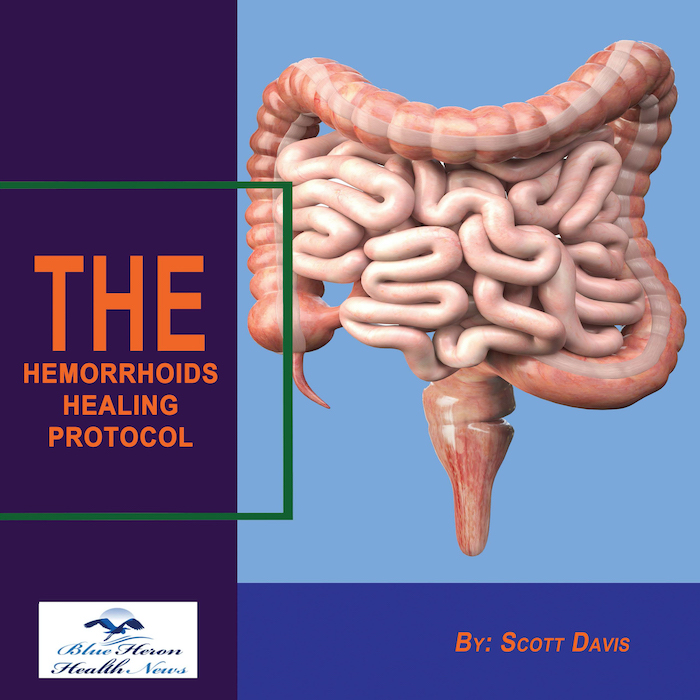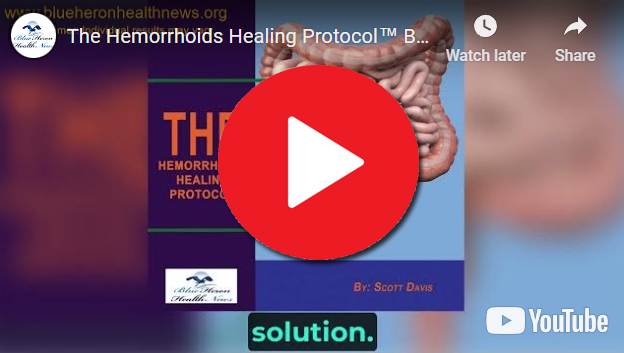
The Hemorrhoids Healing Protocol™ By Scott Davis Hemorrhoid healing protocol is a three-week online program that helps in treating and reducing hemorrhoids. It teaches gentle recipes and movements, natural and effective remedies that help in treating hemorrhoids.This program is not like the usual prescription medicines, it is a hell of a lot more than just those drugs. It focuses more on elevating the two main not so good habits that are connected to the Hemorrhoids. Overall the sole motive of this program is to remove the problem from its root instead of just treating the symptoms.
What are the surgical options for treating severe hemorrhoids?
When hemorrhoids become severe and other treatments, such as lifestyle changes, topical treatments, or minimally invasive procedures, are ineffective, surgical options may be considered. These options are typically reserved for cases of third- or fourth-degree hemorrhoids (prolapsed hemorrhoids), chronic hemorrhoids, or when there are complications like thrombosis, bleeding, or pain that does not resolve with conservative treatments. Here are the primary surgical options for treating severe hemorrhoids:
1. Hemorrhoidectomy
- Description: This is the most common surgical procedure for removing large or severe hemorrhoids. It involves the complete excision (removal) of the hemorrhoidal tissue. This procedure is typically done under general anesthesia or regional anesthesia (e.g., spinal or epidural anesthesia).
- Indications: Hemorrhoidectomy is recommended for:
- Fourth-degree hemorrhoids (when the hemorrhoids are permanently prolapsed and cannot be pushed back into the rectum).
- Severe or symptomatic hemorrhoids that do not respond to other treatments.
- Cases with complications such as chronic bleeding, infection, or prolapse.
- Procedure: The surgeon removes the hemorrhoidal tissue, and the wound is usually closed with stitches. The procedure may be done using different techniques, such as:
- Traditional hemorrhoidectomy: Involves cutting away the hemorrhoid using a scalpel or scissors.
- Stapled hemorrhoidopexy (see below).
- Recovery: Recovery typically takes about 2 to 4 weeks. Pain management is important during recovery, and patients are often advised to follow a high-fiber diet and use stool softeners to prevent constipation. Warm sitz baths can also help relieve discomfort.
2. Stapled Hemorrhoidopexy (PPH)
- Description: This minimally invasive surgical procedure involves using a special circular stapling device to remove the excess tissue of the hemorrhoidal prolapse and reposition the hemorrhoids back into the rectum. The tissue is then stapled, and the blood flow to the hemorrhoids is reduced.
- Indications: Stapled hemorrhoidopexy is typically used for prolapsed hemorrhoids (usually third- or fourth-degree hemorrhoids) that do not require full excision.
- Procedure: The procedure is usually done under general anesthesia or regional anesthesia. The stapler cuts away the excess tissue, and the hemorrhoids are repositioned higher in the anal canal. The stapler then seals the tissue, reducing blood flow to the hemorrhoid.
- Advantages: This technique tends to involve less pain and a quicker recovery time than traditional hemorrhoidectomy.
- Recovery: Recovery is typically quicker, often taking 1 to 2 weeks, and patients are generally able to return to work within a few days to a week. However, some individuals may experience discomfort, bleeding, or other complications such as infection or stenosis (narrowing of the anal canal).
3. Laser Hemorrhoidectomy
- Description: In this procedure, a laser is used to coagulate (seal) blood vessels, reducing swelling and cutting off blood supply to the hemorrhoid tissue, which then shrinks or falls off over time.
- Indications: Laser treatment is typically used for smaller hemorrhoids or less severe cases of hemorrhoidal disease. It is also an option for individuals who cannot tolerate other methods.
- Procedure: The laser energy is directed to the hemorrhoid, causing it to shrink. It may require local anesthesia or sedation.
- Advantages: Laser hemorrhoidectomy is less painful than traditional surgery and usually requires a shorter recovery time.
- Recovery: Recovery is generally quick, with patients often able to resume normal activities within a few days. Sitz baths and pain medications can help with recovery.
4. Hemorrhoidal Artery Ligation (HAL)
- Description: This is a procedure that involves using a doppler ultrasound to locate the blood vessels supplying the hemorrhoids. The arteries are then tied off (ligated), reducing blood flow to the hemorrhoid, causing it to shrink over time.
- Indications: HAL is typically used for prolapsed hemorrhoids (usually second- or third-degree) and is recommended when other methods are unsuitable.
- Procedure: The procedure is minimally invasive and is typically performed under local anesthesia with sedation. The surgeon identifies the arterial supply to the hemorrhoid and ligates the vessels using a suture.
- Advantages: This method is effective for treating prolapsed hemorrhoids with a lower rate of complications and a quicker recovery compared to traditional hemorrhoidectomy.
- Recovery: Recovery is typically quicker, with patients usually resuming normal activities in a few days to a week. Some discomfort and mild bleeding can occur during the recovery period.
5. Fistulotomy and Fistula Repair (for complications)
- Description: If hemorrhoids develop a fistula (an abnormal connection between the anal canal and the skin), a fistulotomy may be necessary to remove the fistula and repair the anal canal. This is a different procedure from standard hemorrhoid removal.
- Indications: This is typically performed when a hemorrhoidal abscess leads to the formation of a fistula, which may complicate hemorrhoidal disease.
- Procedure: The fistula is surgically removed or opened to allow it to drain, and then the wound is allowed to heal over time.
- Recovery: Recovery time can vary, and follow-up care is required to monitor healing. Pain management and stool softeners are important during recovery.
6. Cryotherapy (Freezing Treatment)
- Description: Cryotherapy involves using extremely cold temperatures to freeze and destroy hemorrhoidal tissue. This treatment is typically reserved for smaller hemorrhoids.
- Indications: It is usually used for first- or second-degree hemorrhoids or for individuals who cannot undergo more invasive procedures.
- Procedure: Liquid nitrogen is used to freeze the hemorrhoid tissue, causing it to shrink and eventually fall off.
- Recovery: The recovery period is relatively quick, with most patients returning to normal activities within a few days. However, there can be some discomfort and swelling.
Conclusion
Surgical treatment for severe hemorrhoids is typically considered when other methods have not been effective. The choice of surgical procedure depends on the severity of the hemorrhoids, the patient’s health, and the presence of any complications. While most surgical options are effective in treating severe hemorrhoids, recovery time, potential complications, and post-operative care should be carefully considered and discussed with a healthcare provider before proceeding.
The Hemorrhoids Healing Protocol™ By Scott Davis Hemorrhoid healing protocol is a three-week online program that helps in treating and reducing hemorrhoids. It teaches gentle recipes and movements, natural and effective remedies that help in treating hemorrhoids.This program is not like the usual prescription medicines, it is a hell of a lot more than just those drugs. It focuses more on elevating the two main not so good habits that are connected to the Hemorrhoids. Overall the sole motive of this program is to remove the problem from its root instead of just treating the symptoms.
